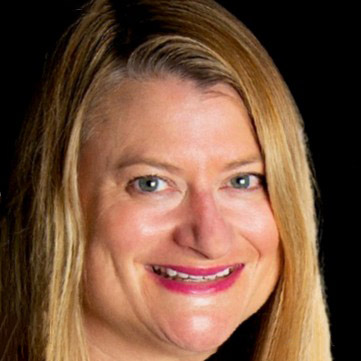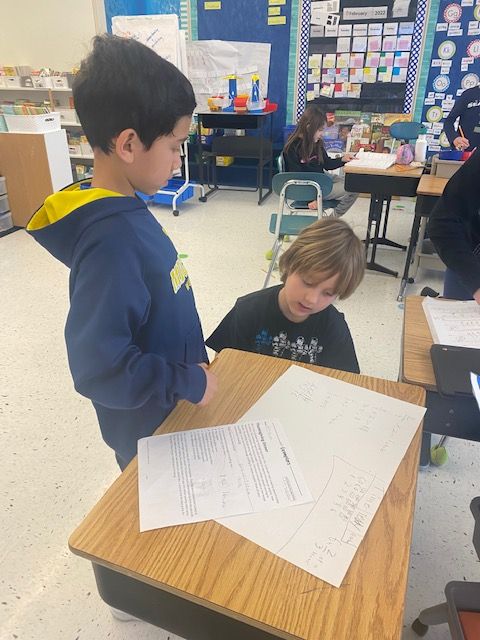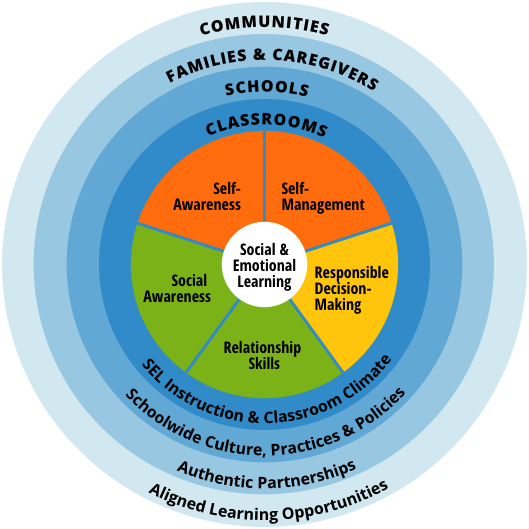Calculating a New Kind of Mathematical Agenda
Written By: Frances Zale, 3rd Grade Teacher, IL
This new mathematical formula interconnects Exemplars problem-solving tasks and the CASEL framework. The agendas of both the CASEL and Exemplars pedagogies strive to create classroom cultures that are heavily student-focused and driven by personal growth. This formula strives to be collaborative for students; where they are seen as partners in the classroom learning process.
A Student Rubric for Goal-Setting
The Math Exemplars Team has crafted a rubric that can guide students along a mathematical journey. While you may be tempted to assign points, calculate percentages, and assume traditional grades, I challenge you to create a different formula and culture in your mathematical classrooms. Miguel Cardona, Secretary of Education, says, “We need to address inequities in education and we need better pathways to success … (which requires recognizing that students’ social-emotional learning) is just as important as their academic growth.” (Cardova. (n.d.). CASEL. Retrieved February 26, 2022) In other words, let’s take Mr. Cardona’s ideas here and immerse the two together in this new formula. 
If students know what is expected of them in terms of a personal or a grade-level (standards-based) goal, take the time to coach them through matrices of improvement and growth rather than calculate those points designating them as a failure, average, or as excellent. I encourage you to exercise caution if you are already seeing a pupil as an excellent or Expert student. Instead, begin to see how you will help grow students’ talents who are already exceeding your expectations on the rubric.
In my opinion, one of the strongest parts of the Exemplars rubric is the “Connection” goal where an Expert truly "notices something in their work, and uses that to extend my answer and/or I showed how this problem is like another problem.” We must strive to offer our students the opportunities to take problem-solving to the next level, to make connections, and most importantly apply additional reasoning and knowledge to extend work that maybe we didn’t think was possible. Let’s strive to open doors for students to make connections to the real world and what is important to them in mathematics.
Another very valuable tool of the rubric is the notion that we can all experience growth by setting goals and with hard work and perseverance. Students need to be taught that they are at all levels of the continuum at one point or another from Novice, to Apprentice, then Practitioner, and Expert. When a teacher sets up a mathematical classroom in this way, students are not only achieving mathematical competencies, they are also developing self-management, self-awareness, and responsible decision-making which are inherent to the CASEL framework. Use this template with a goal-setting framework for Exemplars and rubric work.
Mathematical Discourse at the Partner, Group, and Whole-Class Level
Social awareness and relationship skills are two other essential elements to the CASEL framework for social-emotional learning. Social-emotional learning is not something that needs to happen as a separate curriculum in a classroom. Thriving classroom cultures for mathematical competence embed social-emotional learning skills into the academic content.
Mathematical problem-solving with Exemplars naturally lend themselves to the teamwork and rich discussions that will grow students for their futures. If you haven’t started yet, think about how to thoughtfully pair or group students to work together. Support these groups to talk together about strategies for solving problems and connecting to one another’s ideas. Here is an idea for discussion prompts that can help strengthen your partner and group work.
Teach students to present their ideas and evidence to the classroom. After one group or team presents, teach the other groups to respectfully agree or disagree. Teach your clusters of students to add onto each other’s thinking and be active listeners. Ideally they are communicating their ideas after modeling their mathematical ideas in some form of a written visual. Teach students to thoughtfully comment on one another. Just as the rubric challenges students to reach to new levels of thinking, the discourse in the classroom should improve similarly. Encourage students to use mathematical vocabulary and labels. Reflect on your conversations and how they grow one another’s mathematical ideas.
Flexible, Growth-Oriented Classroom Cultures
In conclusion, be open and flexible in creating classroom cultures that go well beyond the teaching of academic math content. Thoughtfully use this formula to reconstruct how mathematics instruction should include taking others’ perspectives, developing interests and purpose, setting goals, demonstrating curiosity and open-mindedness, and showing leadership (CASEL framework). Math Exemplars offer students much more than the ability to develop strong problem-solving skills. The Exemplars approach can also create opportunities for teachers to build student forces for productive and successful post-graduate careers that are becoming increasingly hard to predict.

Frances Zale has been an educator in Lake Bluff School District 65 for 20 years. Currently, she wears the hat of a third-grade teacher but has also been a classroom teacher in grades kindergarten, first, and second grade, as well as worked as an enrichment specialist leader and summer school programming coordinator in grades kindergarten through grade 8. She is passionate about using assessment to drive instruction, infusing technology into the school day, interdisciplinary curriculum, and creating strong classroom communities and learning environments grounded in the social-emotional wellness of students. She holds a Bachelor's Degree from the University of Illinois at Urbana-Champaign, a Master's Degree in Curriculum and Instruction from National-Louis University, as well as a CAS degree in Educational Organization and Leadership also from the University of Illinois at Urbana-Champaign. Lastly, she is always interested in how to improve herself as an educator for her students and thanks the Exemplars company for the opportunity to be an Ambassador this year.


 Let’s talk about calculating a new mathematical agenda in your classroom. I want you to devise a new formula for your Exemplars work and in using the
Let’s talk about calculating a new mathematical agenda in your classroom. I want you to devise a new formula for your Exemplars work and in using the 